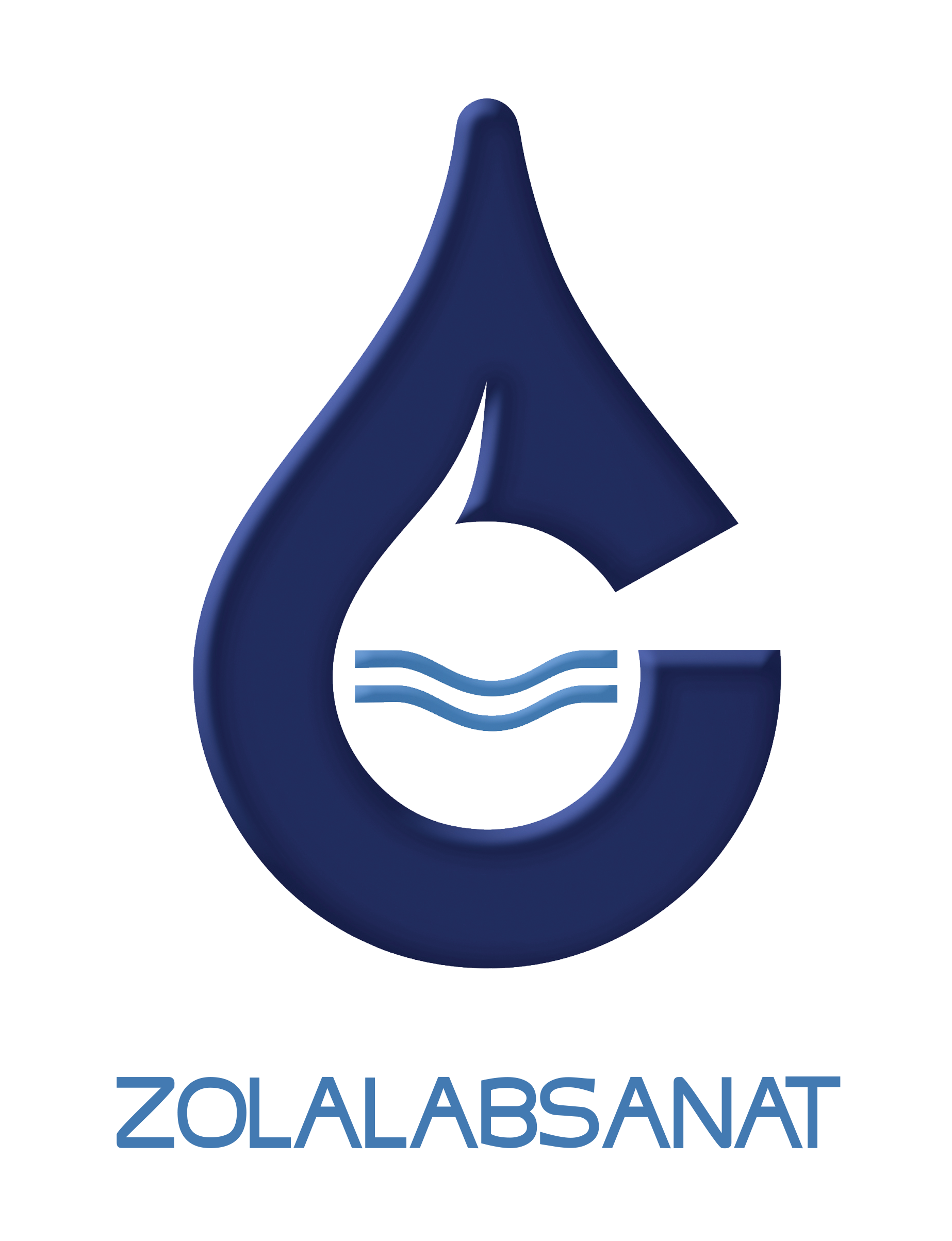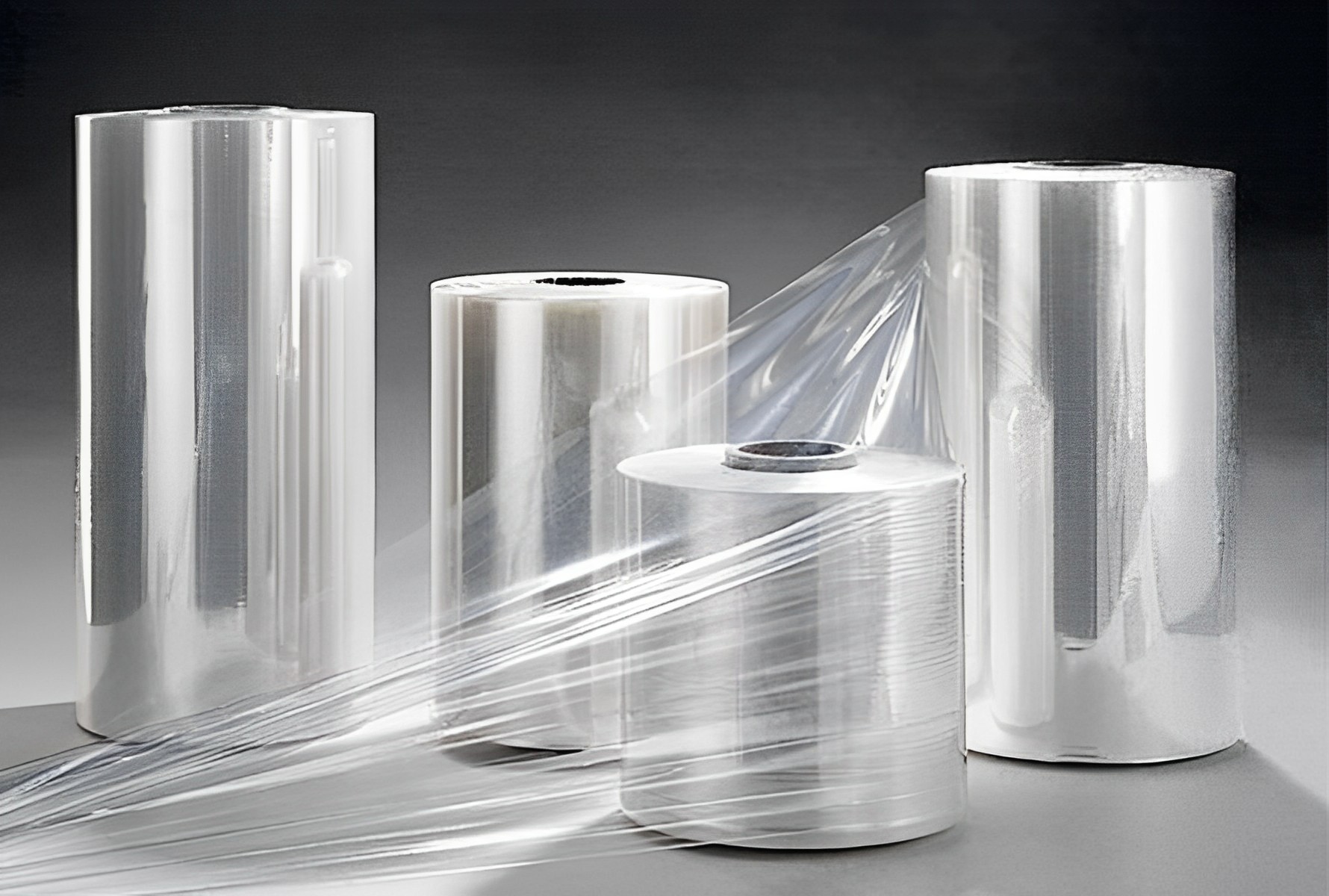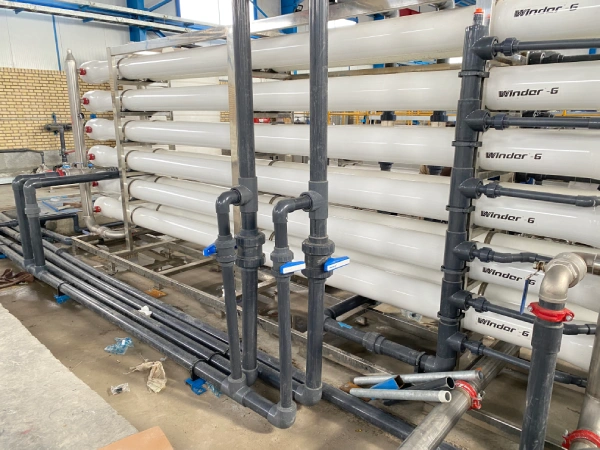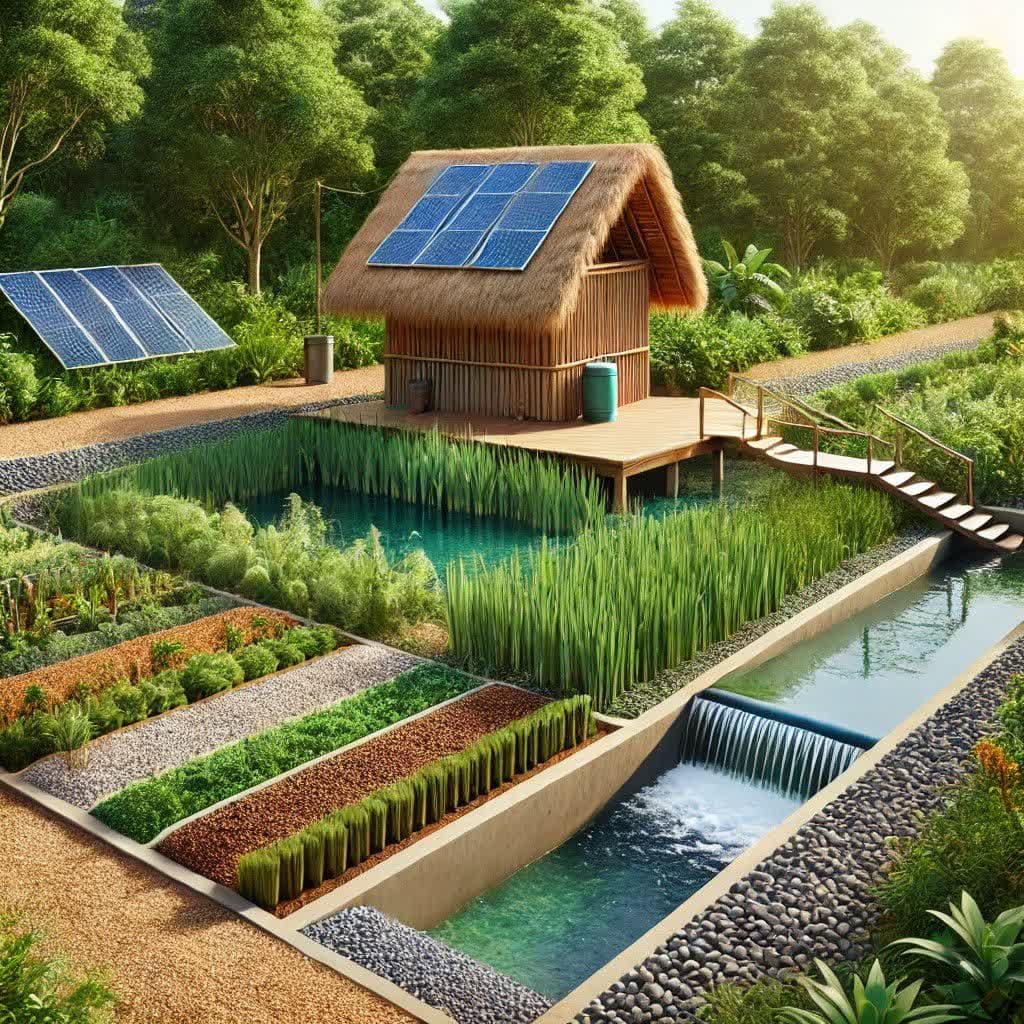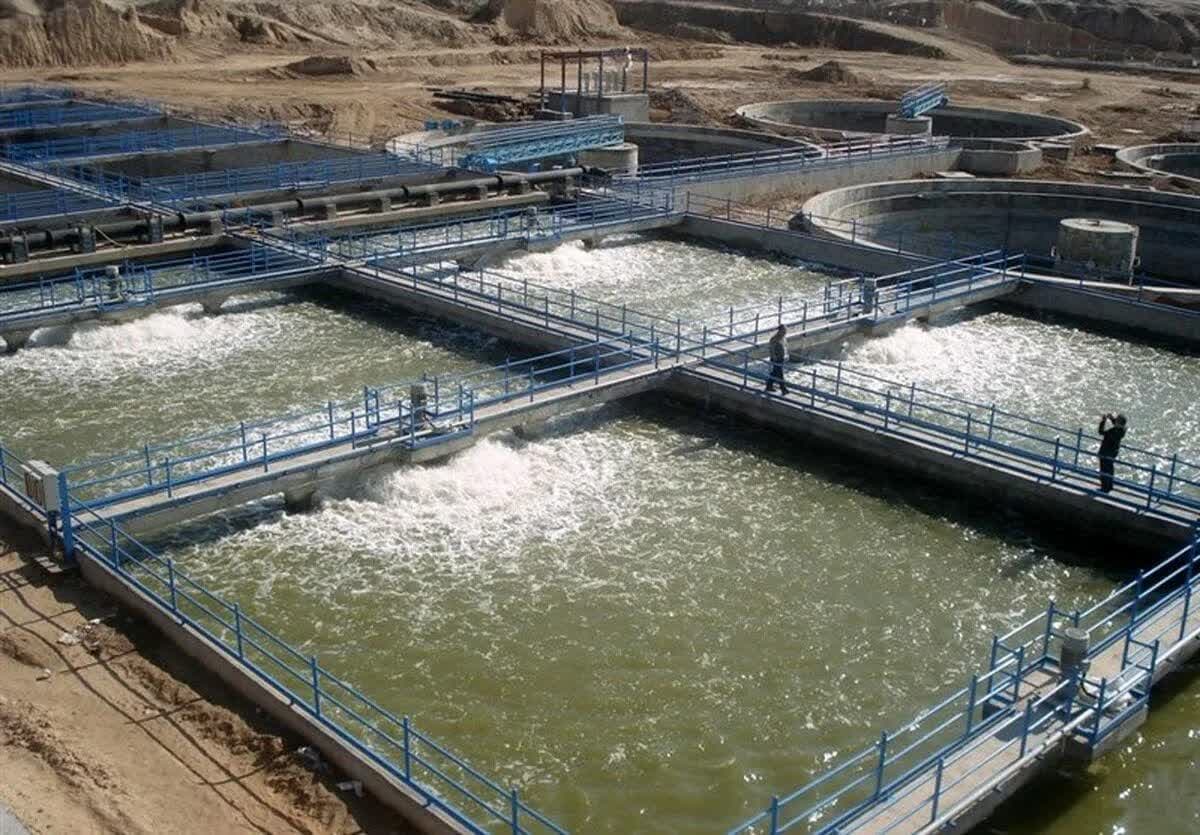برای تصفیه پساب آبکاری گالوانیزه اسیدی که در فرایند آن از پودر کروماته آبی (Chromate) استفاده میشود و هدف بازیابی و استفاده مجدد آب پس از تصفیه در فرایند آبکاری است، باید به مسائل خاصی توجه کرد. تصفیه پساب آبکاری گالوانیزه اسیدی به دلیل وجود ترکیبات شیمیایی خاص (مانند اسیدهای سولفوریک، کروماتها، فلزات سنگین و مواد آلی) نیازمند فرآیندهای پیچیدهای است. در اینجا یک راه حل ترکیبی برای تصفیه پساب و بازیابی آب جهت استفاده مجدد در فرایند آبکاری آورده شده است:
1. تصفیه اولیه با روشهای فیزیکی
در این مرحله، هدف حذف ذرات معلق و مواد فیلترشده مانند فلزات سنگین و پودر کروماته آبی است. این مرحله به کمک فرآیندهای زیر انجام میشود:
- فیلتراسیون شن و ماسه (Sand Filtration): برای حذف ذرات بزرگتر و مواد معلق اولیه که میتواند در سیستمهای بعدی ایجاد مشکل کند.
- فیلتراسیون کربن فعال (Activated Carbon Filtration): برای جذب ترکیبات آلی و برخی فلزات سنگین.
2. حذف کروماتها
کروماتها یکی از ترکیبات اصلی در آبکاری گالوانیزه اسیدی هستند که باید به دقت حذف شوند، زیرا این مواد سمی و خطرناک هستند. برای حذف کروماتها از روشهای زیر میتوان استفاده کرد:
- کاهش شیمیایی کروماتها به کروم سهوالان (Cr³⁺): این فرایند میتواند به کمک ترکیبات شیمیایی مانند سولفات هیدروژن (Sodium Bisulfite) یا اسید سولفوریک انجام شود که کروم ششوالان (Cr⁶⁺) را به کروم سهوالان (Cr³⁺) غیر سمی تبدیل میکند. پس از این کاهش، میتوان کروم سهوالان را به شکل هیدروکسید کروم (Cr(OH)₃) رسوب داد.
- رسوبدهی شیمیایی (Chemical Precipitation): بعد از کاهش کرومات به کروم سهوالان، میتوان از فرآیند رسوبدهی شیمیایی با استفاده از آهک یا هیدروکسید سدیم برای ایجاد رسوبات کروم سهوالان استفاده کرد.
3. حذف فلزات سنگین
پساب آبکاری معمولاً حاوی فلزات سنگین نظیر روی، مس، نیکل و غیره است که باید قبل از بازیابی آب تصفیه شوند. برای این کار از روشهای زیر میتوان استفاده کرد:
- کاهش شیمیایی: میتوان از ترکیبات شیمیایی مانند سولفید سدیم یا هیدروکسید سدیم برای کاهش فلزات سنگین به حالت رسوبی استفاده کرد.
- روشهای تهنشینی و فیلتر کردن: پس از کاهش فلزات سنگین، این مواد را میتوان از طریق تهنشینی و فیلتر کردن حذف کرد.
4. فیلترهای غشایی (Membrane Filtration)
برای تصفیه دقیقتر پساب و بازیابی آب با کیفیت بالا، استفاده از فیلترهای غشایی مانند اسمز معکوس (RO) یا اولترافیلتراسیون (UF) ضروری است:
- اسمز معکوس (RO): اسمز معکوس میتواند بهطور مؤثر مواد محلول، املاح و فلزات سنگین باقیمانده را حذف کند. این روش به عنوان یک روش فیلتر کردن دقیق عمل میکند و میتواند آب پاک و عاری از آلایندهها را برای استفاده مجدد در فرایند آبکاری تولید کند.
- اولترافیلتراسیون (UF): در صورت نیاز به حذف ذرات بسیار ریز و باکتریها، استفاده از اولترافیلتراسیون میتواند مفید باشد. این فیلترها قادر به حذف ذرات با اندازه میکرون و باکتریها هستند.
5. بهبود کیفیت آب و تنظیم pH
بعد از انجام تصفیههای اصلی، ممکن است نیاز به تنظیم کیفیت آب برای استفاده در فرآیند آبکاری وجود داشته باشد. این کار شامل موارد زیر است:
- تنظیم pH: pH پساب باید تنظیم شود تا شرایط مطلوب برای فرآیند آبکاری گالوانیزه فراهم شود (معمولاً pH بین ۳ تا ۵ برای آبکاری گالوانیزه اسیدی مناسب است).
- افزودن مواد شیمیایی: ممکن است نیاز به اضافه کردن برخی مواد شیمیایی مانند مواد فعال سطحی، ضد رسوبها یا مواد کاهنده دیگر برای بهبود کیفیت آب باشد.
6. بازیابی آب و استفاده مجدد
پس از انجام تصفیههای فوق، آب تصفیهشده میتواند برای استفاده مجدد در فرآیند آبکاری گالوانیزه بهکار رود. این آب باید بهطور مداوم در سیستم نظارت و کنترل شود تا اطمینان حاصل شود که کیفیت آن مطابق با استانداردهای مورد نیاز برای آبکاری است.
نتیجهگیری
تصفیه پساب آبکاری گالوانیزه اسیدی که شامل پودر کروماته آبی است، یک فرآیند پیچیده و چند مرحلهای است که نیازمند استفاده از روشهای ترکیبی مانند کاهش شیمیایی، رسوبدهی، فیلتراسیون، اسمز معکوس و اولترافیلتراسیون است. این روشها به حذف مواد سمی مانند کروماتها، فلزات سنگین و سایر آلایندهها کمک میکنند و به بازیابی آب با کیفیت بالا برای استفاده مجدد در فرایند آبکاری منجر میشوند.
این سیستم تصفیه میتواند به کاهش مصرف آب، حفظ منابع آبی و کاهش تاثیرات زیستمحیطی کمک کند و در نهایت به یک سیستم پایدار در صنعت آبکاری تبدیل شود.
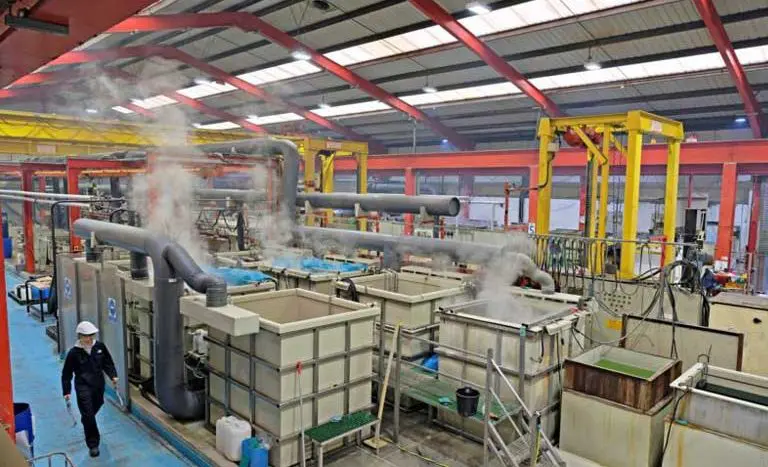
Solution for Treating Acidic Galvanizing Wastewater Containing Blue Chromate Powder and Reusing the Water in the Plating Process
Acidic galvanizing wastewater, often containing blue chromate powder, poses significant environmental and operational challenges. The presence of hazardous compounds, such as hexavalent chromium (Cr⁶⁺) from chromate, along with other contaminants like heavy metals and acids, requires a comprehensive treatment approach to ensure safe disposal or, ideally, the reuse of treated water in the galvanizing process.
The best solution for treating such wastewater involves a multi-stage treatment system, which focuses on removing toxic compounds, recovering valuable resources, and ensuring that the treated water meets the required quality standards for reuse in the galvanizing bath.
1. Initial Filtration and Coagulation
The first step in treating the wastewater is to remove larger suspended particles and solid residues, including the blue chromate powder. This can be achieved through:
- Sedimentation and Coagulation: Coagulants, such as aluminum sulfate or ferric chloride, can be added to the wastewater to promote the aggregation of suspended solids, which can then be easily removed through sedimentation or filtration.
- Activated Carbon Filtration: Activated carbon filters help remove organic compounds and chlorine residuals, if present, from the wastewater, ensuring that the water is free of contaminants that could affect subsequent treatment steps.
2. Chromate Reduction and Precipitation
Chromate compounds in the wastewater, particularly hexavalent chromium (Cr⁶⁺), are highly toxic and need to be converted into a less harmful, trivalent form (Cr³⁺). The process includes:
- Chemical Reduction: A reducing agent, such as sodium bisulfite or ferrous sulfate, is added to the wastewater to reduce hexavalent chromium (Cr⁶⁺) to trivalent chromium (Cr³⁺), which is less toxic and easier to handle.
- Precipitation of Chromium: Once the chromium is reduced to Cr³⁺, it can be precipitated out of the solution as chromium hydroxide (Cr(OH)₃) by adding lime or sodium hydroxide. This precipitate can be filtered and removed from the wastewater.
3. Removal of Heavy Metals
In addition to chromium, other heavy metals like zinc, nickel, and cadmium may also be present in the wastewater. These metals must be removed to prevent contamination and ensure that the treated water can be reused. Treatment options include:
- Chemical Precipitation: By adding agents such as sodium sulfide or sodium hydroxide, heavy metals can be converted into insoluble hydroxides or sulfides, which can then be easily removed through sedimentation and filtration.
- Ion Exchange: An alternative method for removing heavy metals is ion exchange, where metal ions are exchanged with non-toxic ions from a resin, effectively removing them from the solution.
4. Membrane Filtration for Final Polishing
After the primary treatments, the wastewater may still contain dissolved salts, fine particles, and residual metals. Membrane filtration techniques, such as Reverse Osmosis (RO) or Ultrafiltration (UF), can be used to further purify the water:
- Reverse Osmosis (RO): RO membranes effectively remove dissolved salts, remaining heavy metals, and fine particles. This process produces high-quality water that can be reused in the galvanizing process without the risk of contamination or membrane fouling.
- Ultrafiltration (UF): If the water quality requirements are less stringent, UF membranes can remove suspended solids, bacteria, and larger molecules, providing sufficiently clean water for reuse in less sensitive applications.
5. pH Adjustment and Final Quality Control
Before the treated water can be reused in the galvanizing bath, it is crucial to adjust the pH and ensure the water meets the specifications required for the plating process:
- pH Adjustment: The pH of the water may need to be adjusted to the ideal range for the galvanizing process (typically between 3 and 5 for acid-based baths). This can be done by adding acid or alkali as necessary.
- Final Testing: The treated water should be tested for residual chromium, heavy metals, and other contaminants to ensure that it meets the required standards for reuse in the galvanizing process.
Conclusion
The best solution for treating acidic galvanizing wastewater containing blue chromate powder and reusing the water involves a multi-step treatment system. This includes initial filtration, chromate reduction, heavy metal removal, membrane filtration, and final pH adjustment. By using this comprehensive treatment approach, the wastewater can be effectively cleaned, making it safe and suitable for reuse in the galvanizing process. Not only does this reduce environmental impact by minimizing waste and preventing contamination, but it also helps conserve water resources, promoting sustainability in the galvanizing industry.
